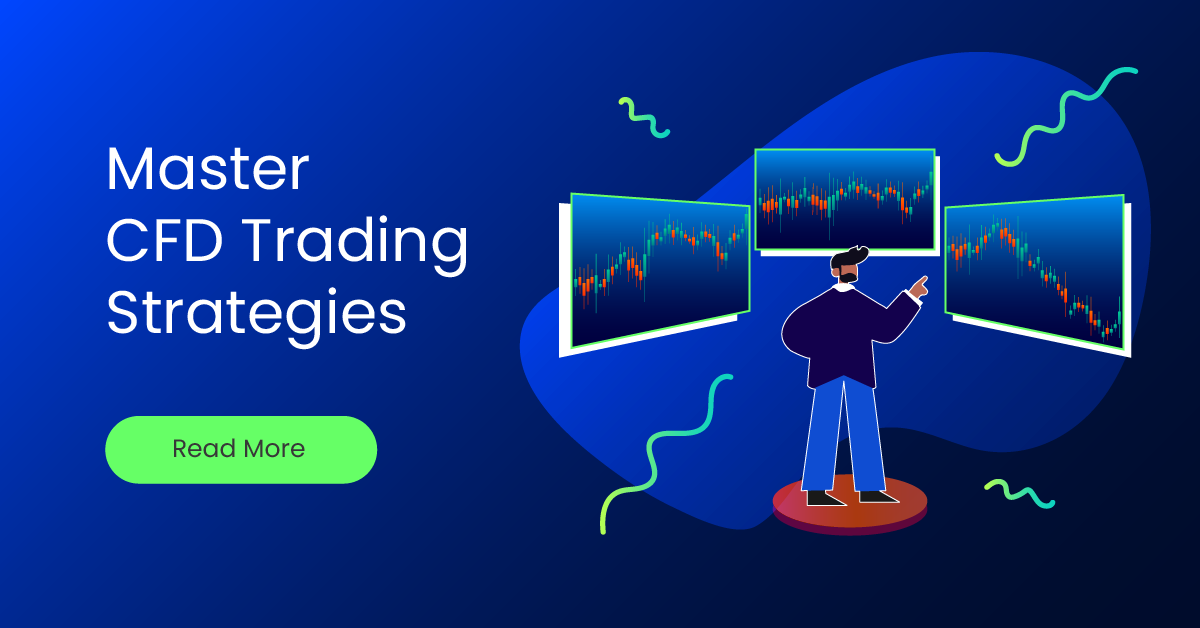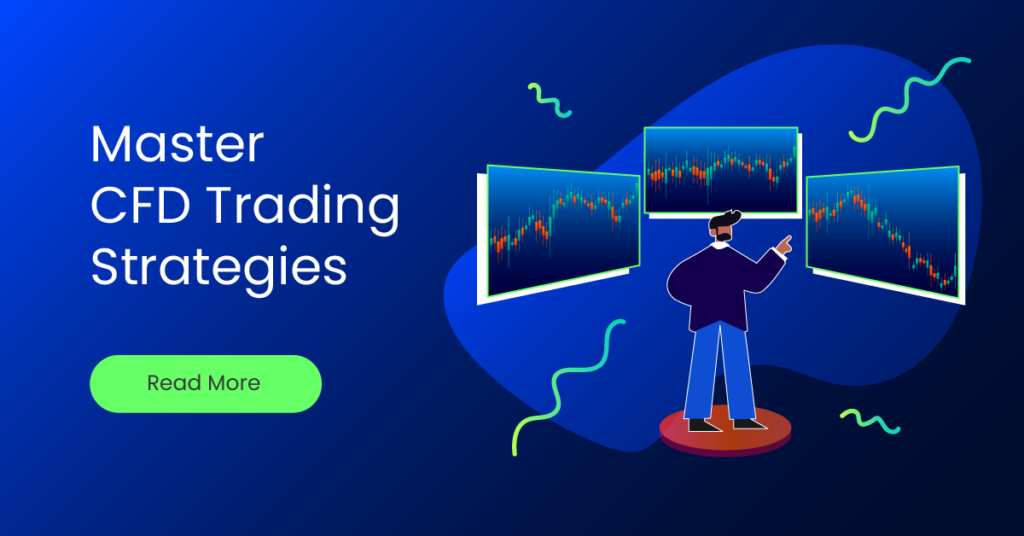CFD (Contracts for Difference) trading offers a unique way to profit from price movements in various financial markets. Whether markets are trending up, down, or moving sideways, CFDs allow traders to capitalize on price fluctuations without owning the underlying asset. To succeed in CFD trading, having a solid strategy is crucial. Here are some proven CFD trading strategies to help you navigate any market condition with Orix Wealth.
Trend Following Strategy

The trend is your friend, this age-old trading strategy remains a cornerstone of successful CFD trading. The trend-following strategy focuses on identifying and trading in the direction of the prevailing market trend.
How it works:
- Identify the trend: Use moving averages, trendlines, or technical indicators like the Average Directional Index (ADX) to determine whether the market is trending upward or downward.
- Enter the trade: For an uptrend, look for buying opportunities when the price pulls back to a support level or moving average. For a downtrend, seek selling opportunities when the price retraces to a resistance level.
- Set stop-loss orders: Protect your position by placing stop-loss orders below support levels (for buy trades) or above resistance levels (for sell trades).
Best for: Trending markets with clear price direction.
Range Trading Strategy

When markets are moving sideways, range trading can be an effective strategy. This involves identifying key support and resistance levels and trading within that range.
How it works:
- Find the range: Use horizontal trendlines to mark support (bottom) and resistance (top) levels.
- Enter the trade: Buy at or near the support level and sell at or near the resistance level.
- Manage risks: Use stop-loss orders just outside the range to minimize losses if the price breaks out.
Best for: Markets lacking a clear trend, characterized by stable, sideways movement.
Breakout Trading Strategy

Breakout trading involves capitalizing on price movements that occur after the market breaks out of a defined range or chart pattern. These breakouts often signal the start of a new trend.
How it works:
- Identify breakout points: Look for key support and resistance levels, or patterns like triangles, flags, or wedges.
- Wait for confirmation: Ensure the breakout is valid by checking for high trading volume or significant price movement beyond the breakout level.
- Enter the trade: Place buy orders above the resistance level for bullish breakouts or sell orders below the support level for bearish breakouts.
- Set stop-loss orders: Protect your position by placing stop-loss orders just inside the range or pattern.
Best for: Markets with high volatility or during significant economic events.
CFD trading offers flexibility and opportunities to profit in any market condition, but it also carries risks. Choosing the right strategy depends on your trading style, market knowledge, and risk tolerance. Start by practicing these strategies on a demo account to refine your approach before trading with your capital.
By mastering these proven CFD trading strategies, you’ll be better equipped to navigate the markets confidently and consistently.







